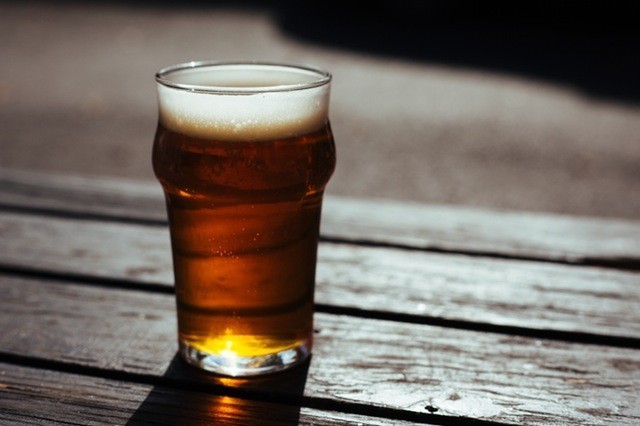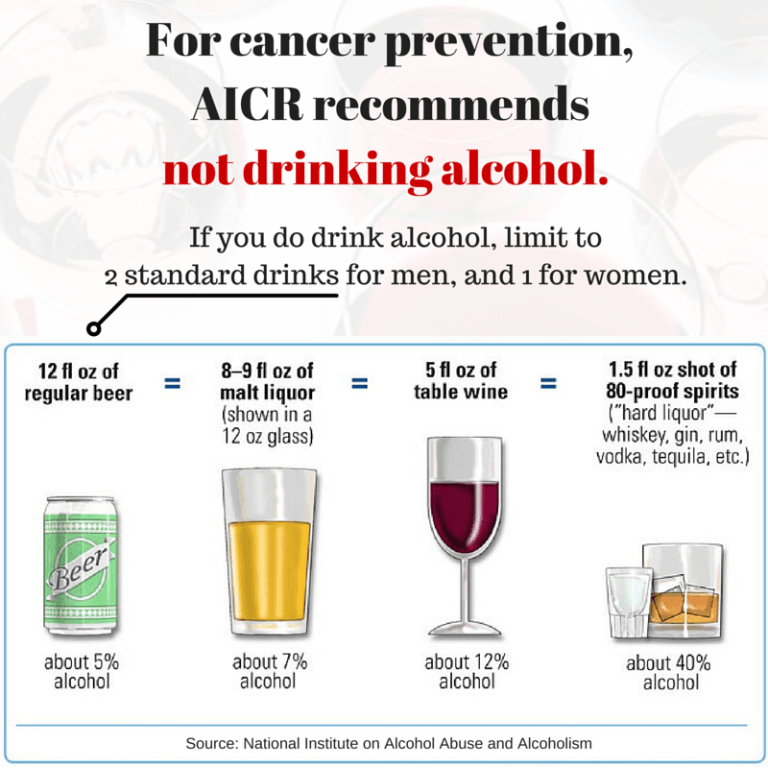Research shows that drinking alcohol increases cancer risk. Now, a new study is suggesting that going for that daily run or walk might offset risk for cancer mortality.
This study, published in the British Journal of Sports Medicine, found the link between alcohol and cancer mortality goes away when people meet the minimum physical activity guidelines. These findings have been making headlines, but do they give you license to drink with abandon as long as you’re physically active? Not so fast. The study used data from over 36,000 British men and women ages 40 and up who were interviewed between 1994 and 2006 about their physical activity and alcohol consumption habits as part of larger, ongoing health surveys. Researchers classified participants as never-drinkers, ex-drinkers, or current drinkers based on what they told interviewers. Current drinkers were further categorized by how much alcohol they drank in the past week.
 Participants were also categorized as not meeting physical activity recommendations, meeting the lower end of the recommendations, or meeting the higher end of the recommendations based on how much physical activity they had done in the past 4 weeks. Meeting the lower end of the recommendations was roughly equivalent to 150 minutes of moderate intensity physical activity per week, while meeting the upper end was roughly equivalent to 300 minutes.
Participants were also categorized as not meeting physical activity recommendations, meeting the lower end of the recommendations, or meeting the higher end of the recommendations based on how much physical activity they had done in the past 4 weeks. Meeting the lower end of the recommendations was roughly equivalent to 150 minutes of moderate intensity physical activity per week, while meeting the upper end was roughly equivalent to 300 minutes.
After an average of almost 10 years, as weekly alcohol consumption increased among both inactive and active people together, so did cancer mortality. Even those who met UK alcohol consumption guidelines (defined in this study as less than 8 standard drinks per week for women or 12 drinks per week for men) had an increased risk of dying from cancer compared to never-drinkers.
For participants who did not meet physical activity recommendations, their risk of cancer mortality also increased as weekly alcohol consumption increased. But for those who met the lower and higher physical activity recommendations, the link between increased alcohol consumption and cancer mortality was no longer significant.
The researchers hypothesize that this could be because alcohol and physical activity affect the mechanisms that cause cancer in opposite ways: for example, alcohol may increase inflammation, while physical activity may decrease it.
This doesn’t mean that how much alcohol you drink no longer matters as long as you’re physically active. For one thing, this study found that those with the highest levels of alcohol consumption (more than 20 drinks per week for women and 28 drinks per week for men) still had an increased risk of all-cause mortality, even if they met physical activity recommendations. Also, this study looked at weekly alcohol consumption, but didn’t examine drinking patterns, such as whether participants binge drank. And because the study focused on mortality, we still don’t know how physical activity affects the link between alcohol and getting cancer.
What these results should do is provide you with extra motivation to get your physical activity. Regular physical activity has a host of health benefits whether you choose to drink or not, but as of 2013 half of Americans were inactive. Shoot for at least 30 minutes a day for cancer prevention and overall health.
Study funding: The Health Survey for England and the Scottish Health Survey were commissioned by the Department of Health and conducted by the Joint Health Surveys Unit of the National Centre for Social Research (NatCen) and the University College Medical School, London.
For cancer prevention, AICR recommends limiting alcohol consumption to no more than one drink per day for women or two drinks per day for men, if you choose to drink at all.






